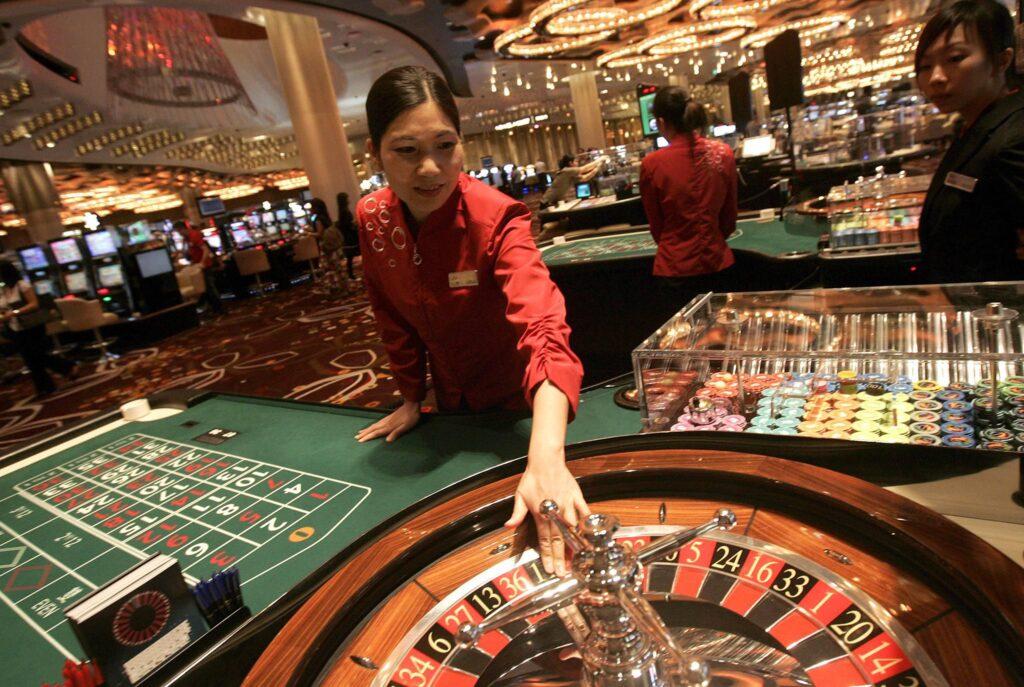We’ve all heard stories of people who have lost wealth, relationships, and sanity due to gambling. But have we ever thought about what happens in the brain during such activity? We delve into the intricacies of neuroscience to explain the appeal of dice and cards.

Neurochemical reactions: Dopamine and Arousal
Every time you feel the elation of victory or the despair of defeat, a symphony of neurotransmitters plays in your brain. Dopamine plays a central role in this concert. When we anticipate a pleasant experience, such as a big win, our brain releases this neurotransmitter, which makes us feel euphoria and pleasure.
This is the same chemical reaction that is associated with taking certain medications or eating your favorite foods. Therefore, the more we gamble, the more we seek that dopamine rush, leading to a cycle of pleasure seeking.
The risk and reward system: An evolutionary perspective
Our ancestors always had to weigh risk and benefit when hunting or obtaining food. This internal system is built deep into the architecture of our brains, especially the amygdala and prefrontal cortex. When we gamble, we constantly evaluate the potential rewards and risks. This appreciation is further enhanced by the uncertainty that makes gambling a very interesting activity for the brain.
Loss aversion and the gambler’s fallacy
Another interesting aspect of gambling is the human tendency towards loss aversion. We, as individuals, tend to feel the pain of a loss more keenly than the pleasure of a comparable gain. This often makes us chase losses, thinking that the next bet can pay off the previous ones.
Combined with the gambler’s fallacy, the belief that if something happens frequently over a period of time, it will happen less often in the future it creates a powerful mixture that leads people down the rabbit hole of constant betting.
Cognitive distortions: Illusion of control
The most important aspect that enhances our tendency to gamble is the illusion of control. We often believe that we have some degree of influence over the outcome. Whether it’s playing dice, performing a “lucky” ritual, or thinking that we “should” win, these cognitive biases distort our perception of randomness and chance.
The role of stress and the brain’s coping mechanism
Contrary to popular belief, it is not only the desire to win that attracts people to gambling. People often use it as a coping mechanism for stress or emotional pain. The endorphins released act as a temporary buffer against anxious feelings, leading many to use gambling as a form of escapism.
Reinforcement Paradigms: Why We Can’t Stop
Like Pavlov’s dogs, we also respond to reinforcement. The unpredictable nature of gambling outcomes—sometimes you win, sometimes you lose—creates a variable-ratio reinforcement schedule, one of the most powerful forms of reinforcement. This unpredictability ensures that we will keep coming back, always hoping for a favorable outcome.
External stimuli and the player’s world
The environment plays a huge role in shaping our behavior, and gambling is no exception. The flashing lights of the slot machines, the enthusiastic applause in the casino, the advertisements depicting delighted winners all of this is carefully designed to attract potential players. Such stimuli send signals to our brains that associate gambling with pleasure, pushing us to take further action.
Internal triggers: Memories and Emotions
Past experiences, especially euphoric memories of victories, can act as a powerful trigger. Every time we remember that delight, our brain releases a small amount of dopamine, increasing the desire to relive that moment. Likewise, negative emotions such as sadness, loneliness or disappointment can push people to gamble as a form of comfort.
Neuroplasticity: The adaptability of the Brain
One of the most amazing things about our brain is its ability to adapt, a phenomenon called neuroplasticity. Over time, with repeated exposure to gambling, neural pathways are formed in our brains that favor such behavior. These paths become stronger with each game, making the urge to bet almost irresistible.
However, the silver lining here is that just as the brain can form pathways that promote gambling, it can also rewire itself through conscious effort and appropriate action.

Conclusion: Understanding to Overcome
By understanding the neuroscience behind gambling, we are better equipped to recognize the signs of addiction and can guide ourselves or our loved ones toward healthier choices. The brain with its many chemicals and pathways plays a key role in our behavior. But with awareness and the right support, you can escape the clutches of addictions.
